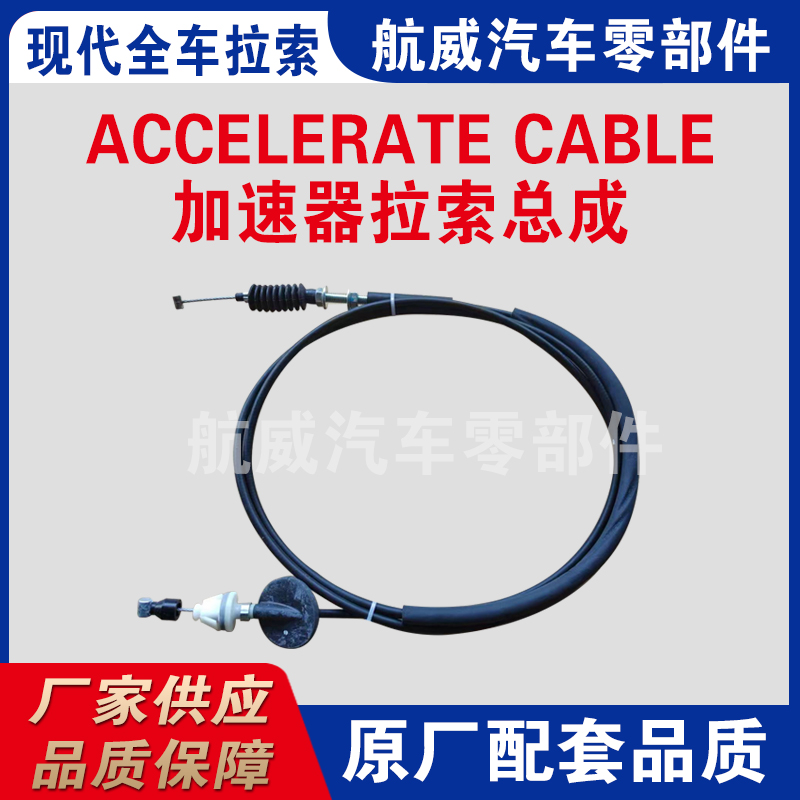gear cables
Understanding Gear Cables Essential Components for Your Bike
When it comes to maintaining and enhancing your cycling experience, one of the critical components that often gets overlooked is the gear cable. These cables play a vital role in ensuring smooth and precise gear shifting, which is crucial for any cyclist, whether you’re a casual rider or a competitive athlete. Let’s delve into the significance of gear cables, their functions, maintenance tips, and how to choose the right ones for your bike.
What Are Gear Cables?
Gear cables are specialized wires that connect the gear shifters on your handlebars to the derailleur systems on your bike. They are designed to transfer the force you apply on the shifters into movement along the derailleur, allowing you to change gears seamlessly. Made from durable materials like stainless steel for strength and longevity, these cables are typically housed in flexible outer casings that protect them from dirt, grime, and abrasion.
The Importance of Gear Cables
The importance of gear cables can’t be overstated. When they function correctly, shifting becomes effortless, allowing you to adapt to various terrains and speeds comfortably. Proper gear shifting enhances your overall riding experience, whether you’re climbing steep hills or sprinting on flat roads. Worn-out or frayed cables can lead to missed shifts, which may compromise your performance and even pose safety risks.
Signs of Wear and Tear
Understanding when to replace your gear cables is key to maintaining your bike’s performance. Some common signs of wear and tear include
1. Rough Shifting If you experience difficulty when shifting gears, it might indicate that your cables are frayed or dirty. This roughness can lead to inaccurate shifting. 2. Sticking Shifters A shifter that doesn’t return to its original position smoothly may also signal cable issues. This could make it challenging to shift gears when needed.
3. Visible Wear Inspecting your cables regularly is crucial. Look for any signs of fraying, kinks, or corrosion.
4. Rust If you see rust on your cables, it’s essential to replace them as rust can weaken the cable structure.
Maintenance Tips
gear cables

To prolong the life of your gear cables, regular maintenance is essential. Here are a few tips
- Clean Your Cables Keep the cables clean and free from dirt. Wipe them down with a cloth and ensure that any debris in the housing is removed.
- Lubrication Apply a few drops of lubricant where necessary, especially at the junction points. However, ensure not to over-lubricate, as this could attract dirt.
- Regular Inspections Make it a habit to inspect your cables periodically. Catching any wear early can save you from being stranded during a ride.
Choosing the Right Gear Cables
When it comes time to replace your gear cables, choosing the right ones is crucial. Gear cables are available in various styles and lengths, depending on your bike type and setup. Consider the following factors
- Compatibility Ensure that the cables are compatible with your bike’s shifter and derailleur system.
- Material Stainless steel cables offer durability and resist corrosion. Some high-end models feature coatings that reduce friction and enhance performance.
- Length Measure your current cables or refer to your bike manufacturer’s specifications to choose the correct length to prevent installation issues.
Conclusion
In the world of cycling, gear cables may seem like small components, but their impact on your riding experience is immense. By understanding what they are, recognizing the signs of wear, and performing regular maintenance, you can ensure that your bike performs at its best. Whether you're an everyday commuter or a weekend warrior, investing time in maintaining your gear cables will undoubtedly enhance your cycling adventures. So next time you're out on the road, take a moment to appreciate the humble gear cable and its role in your ride.
-
Workings of Clutch Pipe and Hose SystemsNewsJun.04,2025
-
The Inner Workings of Hand Brake Cable SystemsNewsJun.04,2025
-
The Secrets of Throttle and Accelerator CablesNewsJun.04,2025
-
The Hidden Lifeline of Your Transmission Gear Shift CablesNewsJun.04,2025
-
Demystifying Gear Cables and Shift LinkagesNewsJun.04,2025
-
Decoding Clutch Line Systems A Comprehensive GuideNewsJun.04,2025
